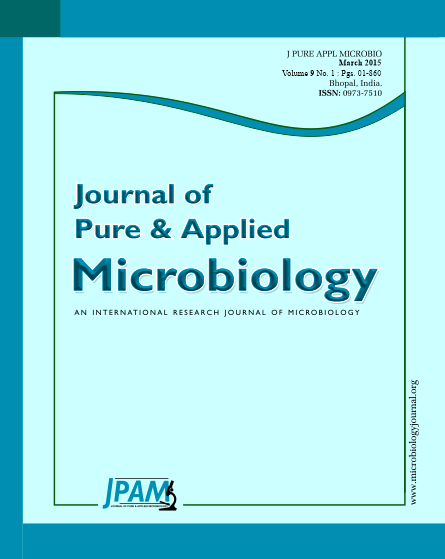The present study was conducted during autumn 2010 and spring 2011 at three different locations and each location comprising of disturbed and undisturbed sites in Baramulla District of Jammu and Kashmir, India. From each site five composite soil samples from the rhizosphere of Pinus wallichiana were taken in and analysed for soil organic carbon, soil nitrogen and microbial population (Bacteria and Fungi). After analysing the soil samples, it was observed that organic carbon and available nitrogen of the soil was found significantly higher at the undisturbed sites at all the locations in both the seasons. Organic carbon does not show much variation while as available nitrogen in spring season was found significantly higher than that in autumn season. The population of both bacteria and fungi was found significantly higher at undisturbed sites than the disturbed ones in both the seasons. Spring season showed a decline in the microbial population (bacteria and fungi) as compared to autumn season.
Pollution, Microbial population, rhizosphere, Pinus wallichiana, disturbed, Organic carbon
© The Author(s) 2015. Open Access. This article is distributed under the terms of the Creative Commons Attribution 4.0 International License which permits unrestricted use, sharing, distribution, and reproduction in any medium, provided you give appropriate credit to the original author(s) and the source, provide a link to the Creative Commons license, and indicate if changes were made.


